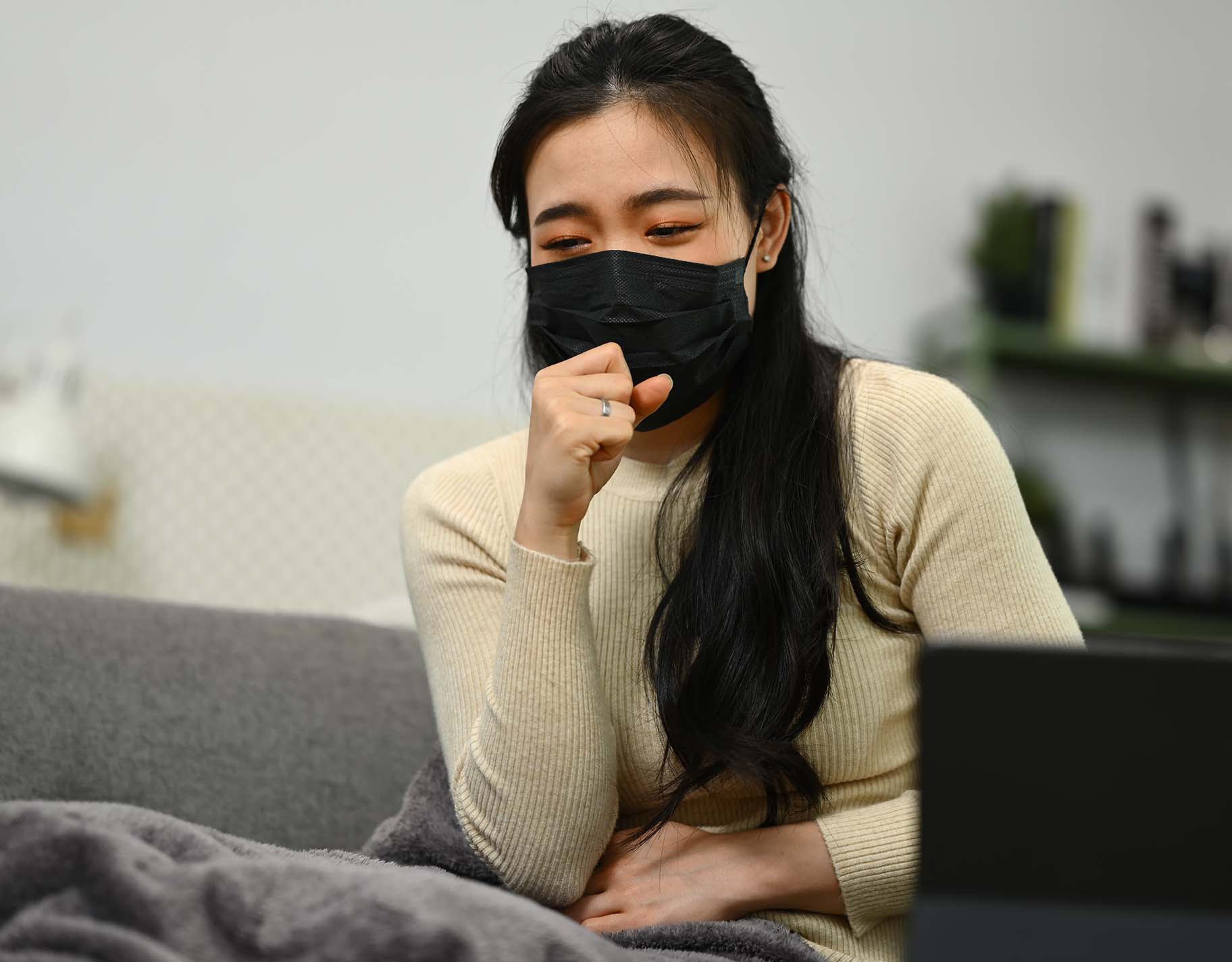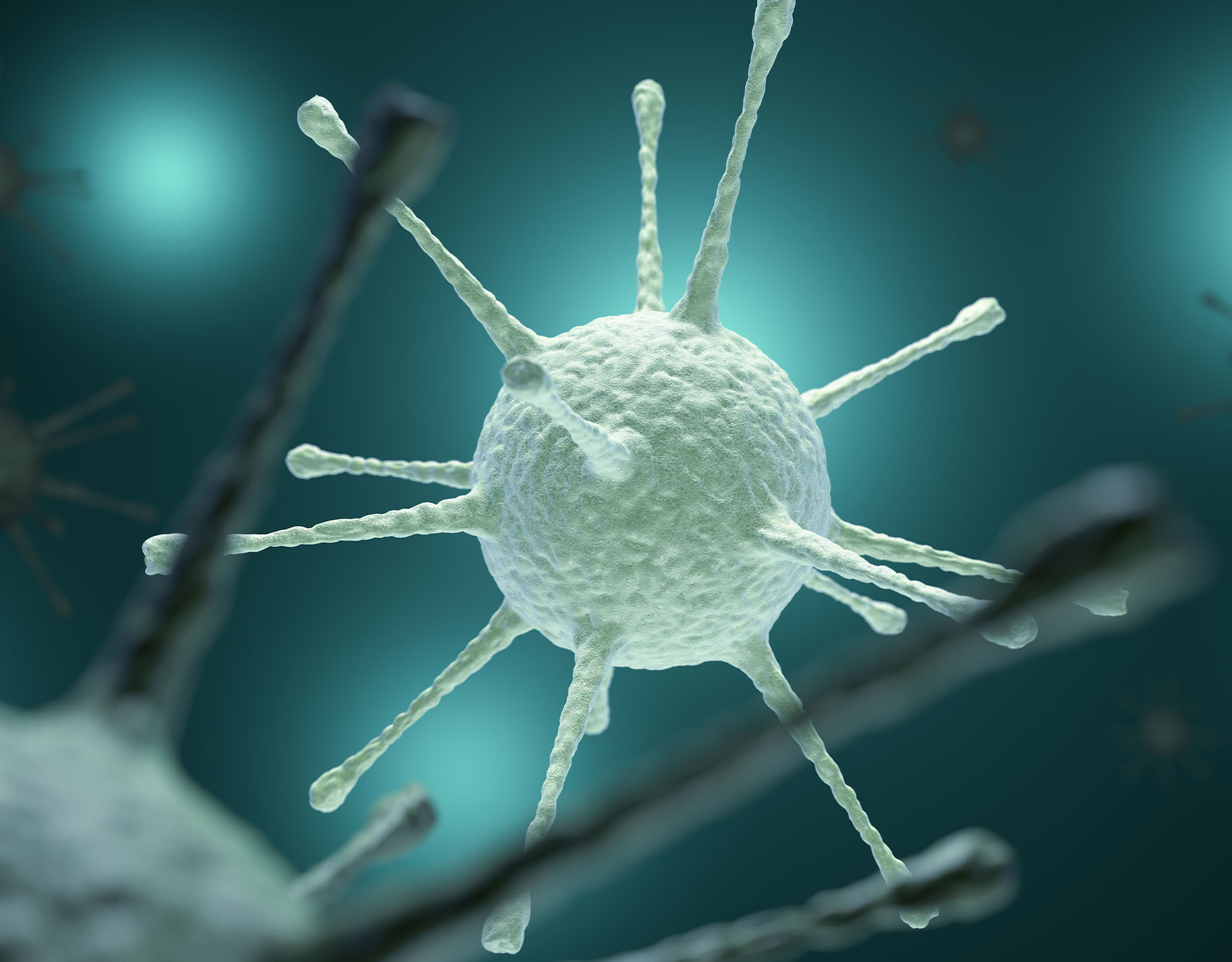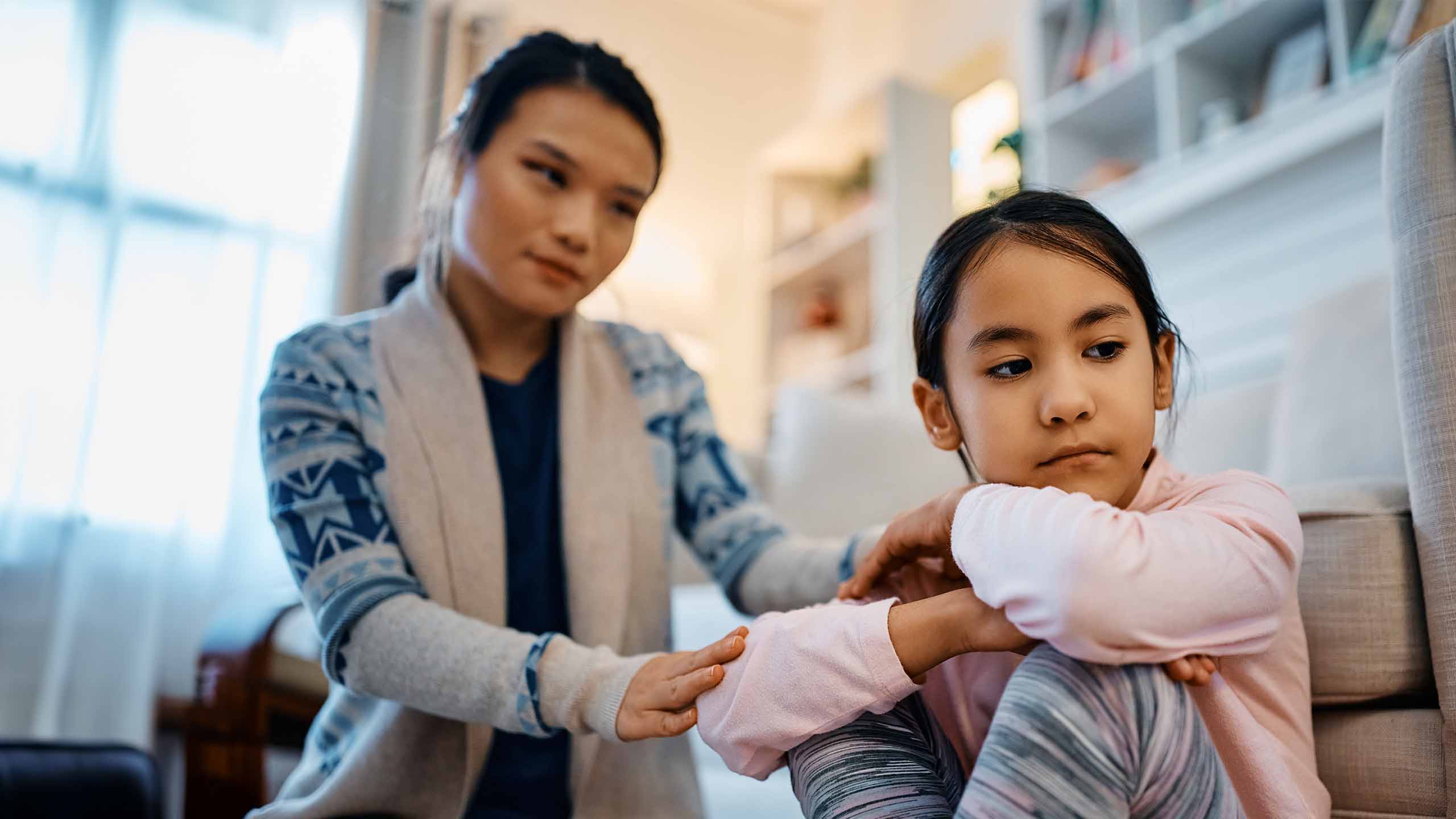Human Metapneumovirus (HMPV): What We Know About It So Far
With the Human Metapneumovirus (HMPV) breaking out in China, India, and Malaysia, Filipino families may have to fight it, too!
Is it another COVID-19 outbreak? Not this time but, like the former, it is a virus. Known as the Human Metapneumovirus (HMPV), countries like China, India, and Malaysia have been reporting outbreaks. Unlike COVID-19, however, this virus has been around for some time. In fact, its structure is similar to another virus: RSV or Respiratory Syncytial Virus! So, it’s no surprise that it does show some “flu-like” symptoms (Shafagati and Williams, 2018; Geiser, Boivin, Huang, Constant, Kaiser, Tapparel, and Essaidi-Laziosi, 2021).
Although Children’s Medical Center Plano director of infection prevention and control Dr. Carla Garcia Careno assured through CBS News that “the concern for a pandemic can be put to rest,” we still need to be vigilant especially since those who survived COVID-19 may have suffered from lasting damage. Here’s what we know so far:

What is Human Metapneumovirus (HMPV)?
Like any other respiratory system-targeting virus, it can leave kids, elders, and immunocompromised people with difficulty breathing and other problems. Some may suffer from coughs and colds but these can progress into fevers and leave individuals open to other infections. Unlike the flu, unfortunately, there are no official vaccines for HMPV or RSV. However, there is an ongoing attempt to create an mRNA-based vaccine for RSV and HMPV (Snape, Moore, Reuter, Penn, Stoszek, and Shaw, 2024). Unfortunately, its ability to make our kids immune to the virus is still being tested.
In pediatrics, some have even called Human Metapneumovirus (HMPV) the “evil twin” of RSV since it normally attacks children who are younger than five years old (Carnazzo, 2023). Usually, healthy kids will just suffer mild symptoms like a typical cough and cold which many parents can easily handle from home. But kids with asthma or existing heart and lung problems are usually the ones who are more prone to ending up in the hospital.
How come it’s in the news?
Although the virus has been around since 2001, there haven’t been enough cases to trigger a worldwide lockdown since it’s also seasonal — rearing its ugly head in the colder seasons (Geiser, Boivin, Huang, Constant, Kaiser, Tapparel, and Essaidi-Laziosi, 2021). However, its sudden rise in China, India, and Malaysia may have sounded the alarms especially since many of us don’t want a repeat of COVID-19. The isolation, the shutdowns, and the closing of borders have been traumatic enough for families and even impacted kids’ development. Some parents even attribute their kids’ lack of social skills or social awkwardness and academic setbacks to the pandemic (Coyle et. al, 2022; Larivière‐Bastien et. al, 2022; Lopatovska, Garg, Turpin, Yoon, Vroom, and Brown, 2022).

So what can parents do against Human Metapneumovirus (HMPV)?
As every health practitioner would say, “Prevention is far better than intervention/cure.”
Human Metapneumovirus (HMPV), like any other virus or bacterial infection, can be involved by changing its structure. It’ll undergo several “copying errors” which actually makes it more resilient to treatments and other drugs (Piñana et. al, 2022; Wei et. al, 2023). But that will only happen if we give it opportunities and environments where it can do so. So, best to keep clean and always disinfect. Don’t give it a chance to let it grow into a pandemic!
References
Carnazzo, J. (2023). Managing hMPV, the “evil twin” of RSV. Contemporary Pediatrics, (5).
Coyle, S., Vagos, P., Warner, C. M., Silva, J., Xavier, A., Martin, G., Wimmer, J., Ganho-Ávila, A., Lima, L., & Henrique, A. S. (2022). A Qualitative Study of Social Anxiety and Impairment amid the COVID-19 Pandemic for Adolescents and Young Adults in Portugal and the US. Grantee Submission, 15(2), 115-131.
Geiser, J., Boivin, G., Huang, S., Constant, S., Kaiser, L., Tapparel, C., & Essaidi-Laziosi, M. (2021). RSV and HMPV infections in 3D tissue cultures: mechanisms involved in virus-host and virus-virus interactions. Viruses, 13(1), 139.
Larivière‐Bastien, D., Aubuchon, O., Blondin, A., Dupont, D., Libenstein, J., Séguin, F., Tremblay, A., Zarglayoun, H., Herba, C. M., & Beauchamp, M. H. (2022). Children’s perspectives on friendships and socialization during the COVID‐19 pandemic: A qualitative approach. Child: Care, Health and Development, 48(6), 1017-1030.
Lopatovska, I., Garg, R., Turpin, O., Yoon, J. H., Vroom, L., & Brown, D. (2022). The kids are alright: adolescents’ experiences during COVID-19 disruption. Information and Learning Sciences, 123(9/10), 529-554.
Piñana, M., González-Sánchez, A., Andrés, C., Abanto, M., Vila, J., Esperalba, J., Moral, N., Espartosa, E., Saubi, N., Creus, A., Codina, M. G., Folgueira, D., Martinez-Urtaza, J., Pumarola, T., & Antón, A. (2023). The emergence, impact, and evolution of human metapneumovirus variants from 2014 to 2021 in Spain. Journal of Infection, 87(2), 103-110.
Shafagati, N., & Williams, J. (2018). Human metapneumovirus-what we know now. F1000Research, 7.
Snape, M. D., Moore, J., Du, J., Reuter, C., Penn, N., Stoszek, S. K., & Shaw, C. A. (2024). Safety and immunogenicity of an mRNA-Based RSV vaccine and an RSV/hMPV combination vaccine in children 5 to 23 months of age. Preprints. org, 11.
Wei, T., Wang, C., Ma, F., Guo, J., Chen, A., Huang, Y., Zhiping, X., & Zheng, L. (2023). Whole genome sequencing and evolution analyses of Human metapneumovirus. Virus Genes, 59(4), 524-531.
More about diseases?
Respiratory Syncytial Virus (RSV): Not Your Typical Flu
Dear Families, Beware Metabolic-Associated Fatty Liver Disease (MAFLD)!
Invasive Meningococcal Disease: Why Families Should Be Wary Of It









